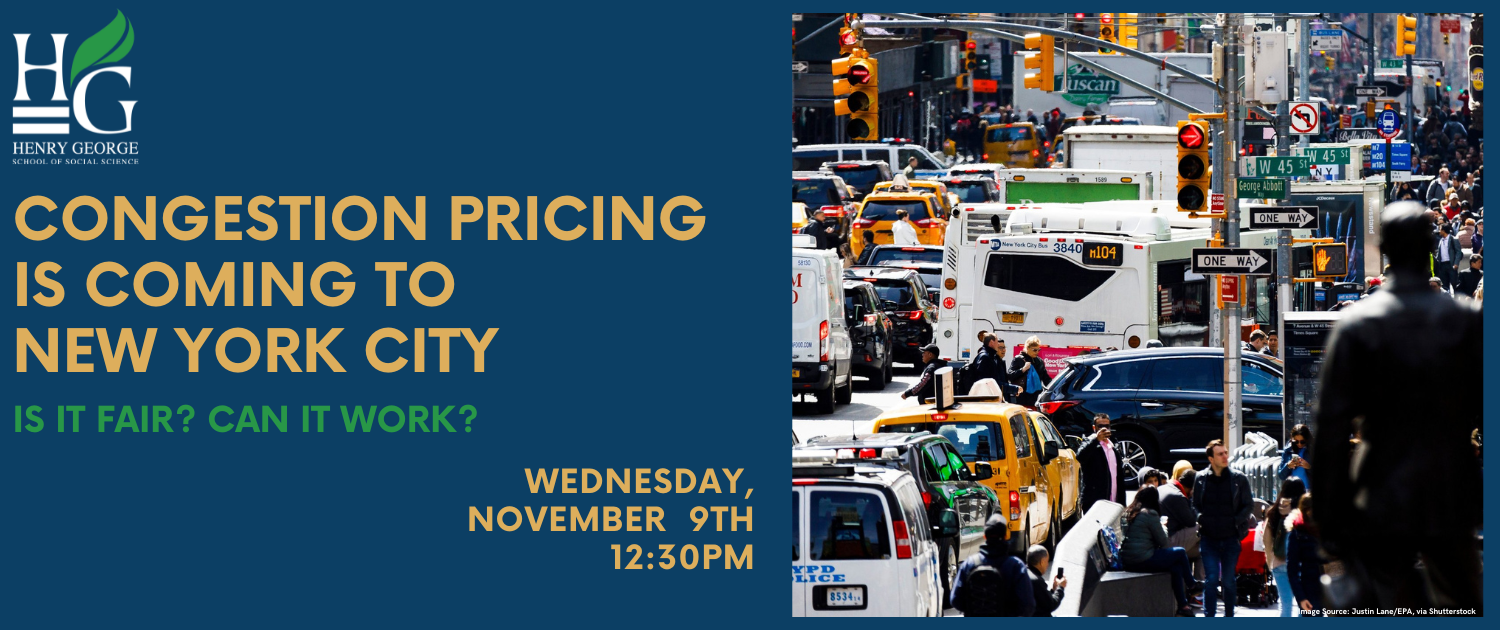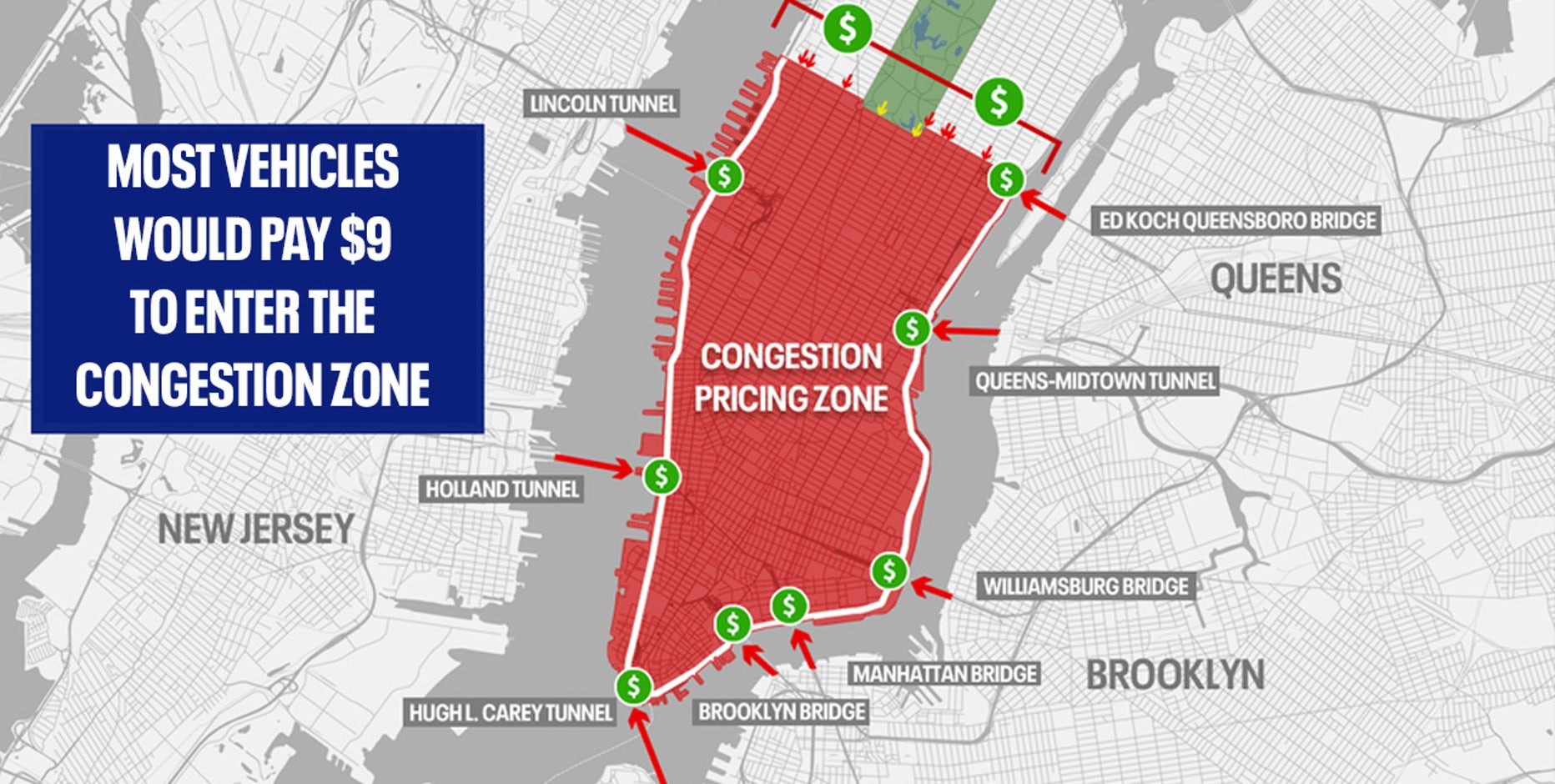Urban congestion is a growing nightmare for cities around the world, and congestion pricing might just be the answer we've been waiting for. Imagine waking up in the morning, knowing you won't have to sit in bumper-to-bumper traffic for hours. Sounds too good to be true? Well, hold on tight because we're diving deep into how congestion pricing could revolutionize the way we commute. It's not just about reducing traffic—it's about transforming cities into more livable spaces.
Let's face it, traffic jams aren't just frustrating; they're a drain on our time, money, and patience. But what if there was a way to ease the flow of vehicles without completely overhauling city infrastructure? Enter congestion pricing, a strategy that's gaining traction in urban planning circles. This innovative approach isn't just about charging drivers; it's about creating smarter, more efficient cities that prioritize both people and the environment.
Now, you might be wondering, "How does congestion pricing work, and why should I care?" Great question! This isn't just another buzzword in the world of urban development. It's a practical solution that has the potential to reshape the way we think about transportation. In this article, we'll break down everything you need to know about congestion pricing, from its benefits and challenges to real-world examples and future possibilities. So, buckle up and let's get started!
Read also:Brewers Set For Historic First A Gamechanging Moment In The Making
What is Congestion Pricing?
First things first, let's get down to the nitty-gritty of congestion pricing. Simply put, it's a system where drivers are charged a fee for entering specific areas of a city during peak hours. Think of it as a toll for using the busiest roads when everyone else is on the move. The idea is to discourage unnecessary trips during peak times, thereby reducing traffic congestion and encouraging alternative modes of transportation like public transit, biking, or even walking.
This strategy isn't new. Cities like London, Stockholm, and Singapore have been implementing congestion pricing for years with impressive results. By putting a price tag on driving in congested areas, these cities have managed to cut down on traffic, improve air quality, and even generate revenue that can be reinvested in public transportation systems. But how exactly does it work, and what does it mean for everyday drivers like you and me?
How Congestion Pricing Works
Picture this: you're driving into downtown during rush hour, and as you approach the designated congestion zone, an electronic toll system automatically detects your vehicle and deducts a fee from your account. No stopping, no hassle—just a seamless transaction that helps keep the roads moving smoothly. The fee varies depending on factors like the time of day, the level of congestion, and even the type of vehicle you're driving.
Some cities use license plate recognition systems, while others rely on electronic tags or mobile apps to collect the fees. The beauty of congestion pricing lies in its flexibility. It can be tailored to fit the unique needs and challenges of each city, ensuring maximum effectiveness and minimal disruption to daily life.
Benefits of Congestion Pricing
Now that we know what congestion pricing is, let's talk about why it's such a big deal. The benefits are numerous and far-reaching, affecting everything from traffic flow to environmental impact.
Reducing Traffic Congestion
One of the most obvious advantages of congestion pricing is its ability to reduce traffic congestion. By charging drivers for using busy roads during peak hours, the system encourages people to rethink their commuting habits. Some might choose to carpool, others might opt for public transportation, and a few might even decide to work from home. The end result? Fewer cars on the road and faster travel times for everyone.
Read also:Prmovies Netflix Download The Ultimate Guide For Movie Lovers
Improving Air Quality
Let's not forget about the environment. With fewer vehicles idling in traffic, congestion pricing can significantly reduce air pollution. This is a win-win for both urban residents and the planet as a whole. Cleaner air means healthier communities and a step forward in the fight against climate change.
Generating Revenue for Public Transit
Another perk of congestion pricing is the revenue it generates. This money can be reinvested in public transportation systems, making them more efficient, reliable, and accessible. Improved public transit not only benefits commuters but also enhances the overall quality of life in urban areas. It's a virtuous cycle that keeps on giving.
Challenges and Criticisms
Of course, no solution is perfect, and congestion pricing is no exception. There are challenges and criticisms that need to be addressed to ensure its success.
Economic Impact on Low-Income Drivers
One of the biggest concerns is the potential economic burden on low-income drivers. Critics argue that congestion pricing disproportionately affects those who can't afford alternative transportation options. To mitigate this, some cities offer discounts or exemptions for certain groups, ensuring that the system remains fair and equitable.
Public Resistance and Implementation Challenges
Change is never easy, and congestion pricing is no different. Public resistance can be a significant hurdle, with many drivers reluctant to pay extra fees for something they've always considered free. Effective communication and education campaigns are crucial in overcoming this resistance and gaining public support.
Tech and Infrastructure Requirements
Implementing congestion pricing requires a robust tech and infrastructure framework. From electronic toll systems to data management platforms, cities need to invest in the right tools to make it work. This can be a costly and time-consuming process, but the long-term benefits often outweigh the initial investment.
Real-World Examples
Let's take a look at some cities that have successfully implemented congestion pricing and what we can learn from their experiences.
London's Congestion Charge
Introduced in 2003, London's congestion charge is one of the most well-known examples of this strategy. The system has significantly reduced traffic in the city center and generated substantial revenue for public transportation improvements. Despite initial pushback, Londoners have largely embraced the charge, recognizing its positive impact on their daily lives.
Singapore's ERP System
Singapore's Electronic Road Pricing (ERP) system is another success story. By using advanced technology to dynamically adjust fees based on traffic conditions, Singapore has managed to maintain smooth traffic flow even in its busiest areas. The ERP system serves as a model for other cities looking to implement similar solutions.
Stockholm's Trial and Triumph
Stockholm's congestion pricing trial in 2006 was met with skepticism, but the results spoke for themselves. Traffic congestion dropped by 20%, and public support grew as people experienced the benefits firsthand. The trial eventually became a permanent fixture, showcasing the power of data-driven decision-making in urban planning.
Future Possibilities
As technology continues to evolve, so too does the potential of congestion pricing. Here are a few exciting possibilities on the horizon.
Dynamic Pricing Models
Imagine a system that adjusts fees in real-time based on current traffic conditions. This dynamic pricing model could revolutionize the way we manage urban traffic, ensuring that congestion pricing remains effective even as cities grow and change.
Integration with Smart City Initiatives
Congestion pricing could be seamlessly integrated with other smart city initiatives, creating a holistic approach to urban mobility. From autonomous vehicles to shared transportation systems, the possibilities are endless.
Global Expansion
With more and more cities around the world exploring congestion pricing, we could see a global shift in how we approach urban transportation. Sharing best practices and lessons learned will be key to maximizing the impact of this strategy on a global scale.
Call to Action: Your Role in Shaping the Future
So, what can you do to support congestion pricing and help create smarter, more sustainable cities? Start by educating yourself and others about the benefits and challenges of this strategy. Engage with local policymakers and advocate for solutions that prioritize both people and the environment. Together, we can make congestion pricing a reality in more cities around the world.
And don't forget to share your thoughts and experiences in the comments below. Your voice matters, and it could inspire others to take action. Whether you're a driver, a cyclist, or a public transit enthusiast, we all have a role to play in shaping the future of urban mobility.
Conclusion
In conclusion, congestion pricing offers a practical and effective solution to the growing problem of urban traffic congestion. By reducing traffic, improving air quality, and generating revenue for public transportation, it has the potential to transform cities into more livable, sustainable spaces. While there are challenges to overcome, the benefits far outweigh the drawbacks, making congestion pricing a strategy worth considering for cities around the world.
As we've seen from real-world examples like London, Singapore, and Stockholm, congestion pricing can work when implemented thoughtfully and with public support. The future of urban mobility is bright, and with innovations like dynamic pricing and smart city integration on the horizon, the possibilities are endless.
So, the next time you're stuck in traffic, remember that there's a solution out there that could make your commute faster, easier, and more enjoyable. And who knows? Maybe congestion pricing will be the key to unlocking a better future for all of us.
Table of Contents
- What is Congestion Pricing?
- How Congestion Pricing Works
- Benefits of Congestion Pricing
- Reducing Traffic Congestion
- Improving Air Quality
- Generating Revenue for Public Transit
- Challenges and Criticisms
- Economic Impact on Low-Income Drivers
- Public Resistance and Implementation Challenges
- Tech and Infrastructure Requirements
- Real-World Examples
- London's Congestion Charge
- Singapore's ERP System
- Stockholm's Trial and Triumph
- Future Possibilities
- Dynamic Pricing Models
- Integration with Smart City Initiatives
- Global Expansion


